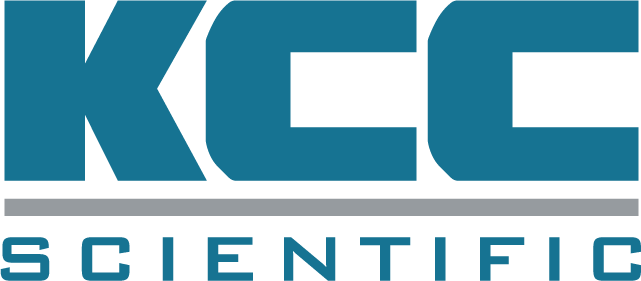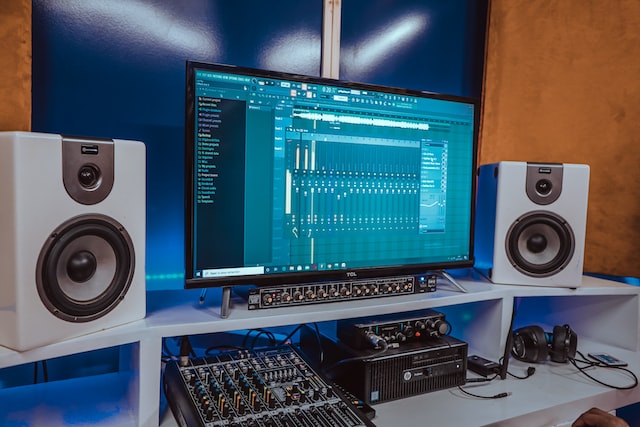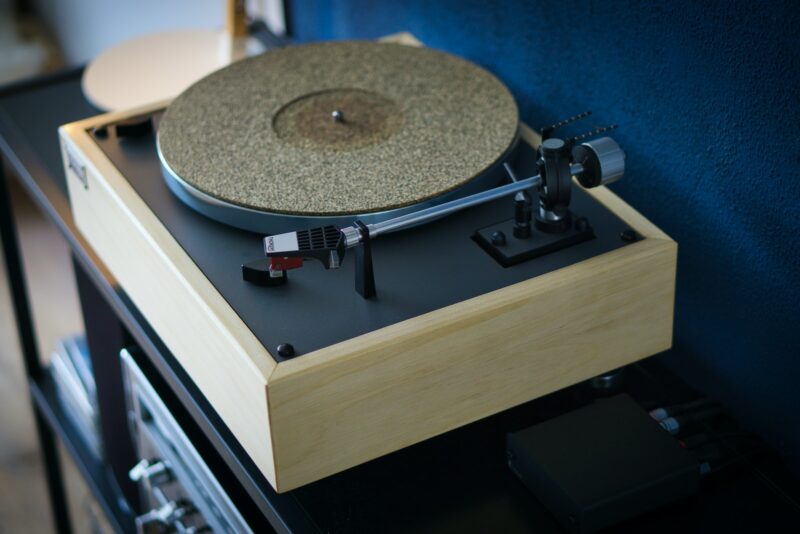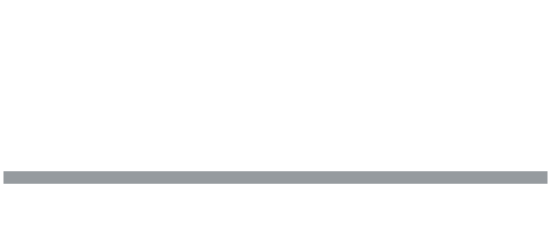Is magneto-therapy the latest promising non-invasive medical treatment?
Well, we can’t say for sure either way. But for certain, every day there seems to be an innovative new treatment for whatever ails you. Most recently, some interest has gained momentum around magneto-therapy. This is a treatment which uses electromagnetic impulses to treat a localized ailing area, whether it be the back, shoulder, or perhaps even internal organs.
The claim is that the very high energy magnetic pulses tend to increase circulation and relaxation. This promotes healing. There’s more to it, and we certainly don’t want to claim we are experts in any way with this topic, nor do we want to offer any additional insights into the efficacy of the technique. But the fact is, devices are appearing on the market every day that address this new treatment option.
As one would expect, some of those devices are manufactured in Russia, Europe and other parts of the world where mains power line standards are different than the US. Folks that travel sometimes buy these devices while visiting another country, then return to the USA and want to continue using the magneto-therapy device. As a consequence, we have been asked to provide a converter that can power a 230V AC 50Hz magneto-therapy device in the USA where the mains power line standard is 115V AC at 60Hz.
From what we can tell, there are two methods by which these devices produce their impulses. The first is to turn the AC into DC, store energy on a DC electronic component called a capacitor, then discharge it into the electromagnetic transducers. This method is very similar to what is used with electronic flash bulbs but instead of producing a bright flash of light, the device produces a strong, but short-lived “flash” of electromagnetic energy.
With this technique, the mains power line would not be a critical issue and it is conceivable that such a device could be designed to work anywhere in the world without any AC frequency conversion. Whether they are or not is another matter.
The second class of device is likely similar to those produced by the Russian company Almagia, which uses a method apparently synchronized to the mains frequency, that draws bursts of energy from the mains at the same point on the AC sine wave where the available energy is maximum. Now this method is going to require the mains voltage and frequency for which it was manufactured, and no other. Here, the correct mains converter is critical.
Recently, we found ourselves with the challenge of matching one of our converters to the Almag-01. We made some measurements and learned an important point. These devices require an enormous amount of energy for a very short time, at regular intervals but synchronized to the 50Hz mains. Despite that, the average power required is very low. This presents a quite curious challenge, and we were happy to take it on.
What we found was that even though the average power is very low–in the vicinity of 10 watts, Athena won’t power it because of this enormous short-term energy requirement. However, Thor and Hercules DO work in this application, and seemingly quite well. This is because both Thor and Hercules are capable of providing 4-5x more instantaneous energy than Athena. This does not mean that Athena is substandard by any means, but for this application Thor and Hercules simply do a better job with instantaneous energy. So, they are the products of choice for Almag-01. Between the two of them, Hercules offers more short-term energy, and will be preferable for higher power magneto-therapy units.
If you have an unusual mains conversion challenge, feel free to send us an email or inquiry and we will be happy to help you figure out how to solve it!






